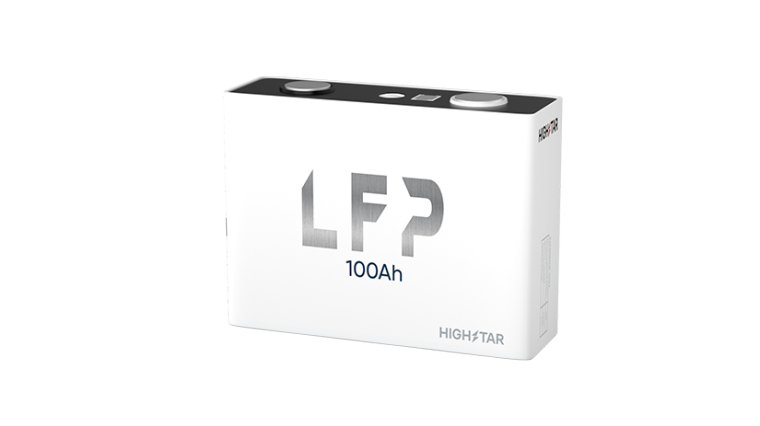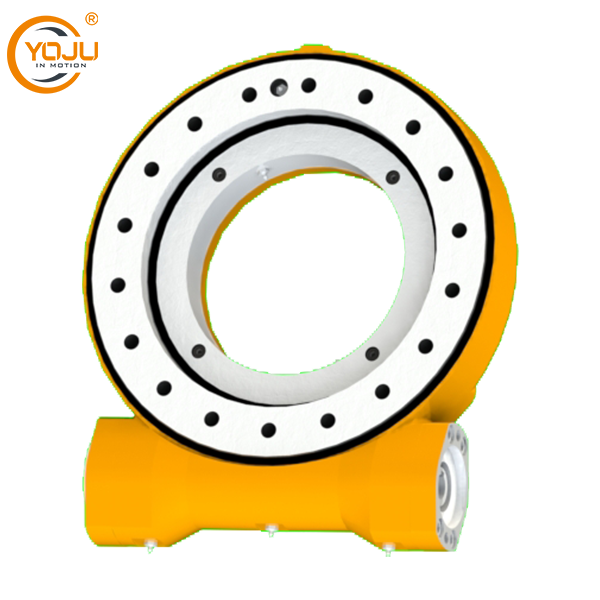Unveiling the Secrets of Scratch-Resistant Glass: A Comprehensive Guide for Consumers and Professionals
In today's world, where aesthetics and durability are paramount, the demand for scratch-resistant glass has surged across various industries, from consumer electronics to architectural applications. Understanding the types of glass that offer superior scratch resistance can empower consumers and professionals alike to make informed decisions. This post delves into the intricacies of scratch-resistant glass, exploring its types, properties, and applications.
Understanding Scratch Resistance in Glass
Scratch resistance refers to the ability of a material to withstand surface damage from mechanical abrasion. In the context of glass, this property is crucial, especially in environments where the glass is exposed to potential scratching agents, such as dust, dirt, and everyday handling. The scratch resistance of glass is influenced by its composition, treatment processes, and the specific applications for which it is designed.
Types of Scratch-Resistant Glass
- Tempered Glass:
Tempered glass, also known as toughened glass, is produced through a process of extreme heating and rapid cooling. This treatment not only enhances its strength but also improves its scratch resistance. While tempered glass is primarily known for its safety features—shattering into small, blunt pieces rather than sharp shards—it also exhibits a higher resistance to scratches compared to standard glass. This makes it an ideal choice for applications such as shower doors, glass doors, and windows. - Corning Gorilla Glass:
A pioneer in the realm of scratch-resistant glass, Corning Gorilla Glass is widely used in smartphones, tablets, and other portable devices. This chemically strengthened glass undergoes an ion-exchange process that increases its surface hardness, making it significantly more resistant to scratches and impacts. Its lightweight nature and thin profile do not compromise its durability, making it a preferred choice for high-end electronics. - Sapphire Glass:
Known for its exceptional hardness, sapphire glass is made from aluminum oxide and is often used in luxury watches and high-end smartphones. With a hardness rating of 9 on the Mohs scale (diamond ranks at 10), sapphire glass is highly resistant to scratches. However, its brittleness can make it susceptible to shattering upon impact, which is a trade-off that consumers must consider. - Chemically Strengthened Glass:
This type of glass is treated with chemical processes to enhance its strength and scratch resistance. The process involves immersing the glass in a molten salt bath, which replaces smaller ions in the glass with larger ones, creating a compressive stress layer on the surface. This method is commonly used in automotive and architectural applications, where both strength and scratch resistance are critical.
Factors Influencing Scratch Resistance
- Surface Treatments: Various coatings can be applied to glass surfaces to enhance scratch resistance. Anti-reflective coatings, for example, can provide additional protection while improving visibility.
- Thickness: Thicker glass generally offers better scratch resistance due to its increased mass and structural integrity. However, this must be balanced with weight and design considerations.
- Environmental Conditions: The environment in which the glass is used can also affect its scratch resistance. For instance, glass used in outdoor settings may be more prone to scratches from environmental debris compared to glass used indoors.
Applications of Scratch-Resistant Glass
The applications of scratch-resistant glass are vast and varied. In consumer electronics, it protects screens from everyday wear and tear, ensuring longevity and maintaining aesthetic appeal. In architecture, it enhances the durability of facades and windows, contributing to both safety and design. Additionally, in the automotive industry, scratch-resistant glass is crucial for windshields and displays, providing clarity and safety for drivers and passengers alike.
Conclusion
Choosing the right type of scratch-resistant glass is essential for ensuring durability and longevity in various applications. Whether you are a consumer looking to protect your investment in electronics or a professional in the construction industry, understanding the properties and benefits of different types of scratch-resistant glass can lead to better decision-making. As technology advances, we can expect even more innovative solutions to emerge in the realm of scratch-resistant materials, further enhancing our everyday experiences.




